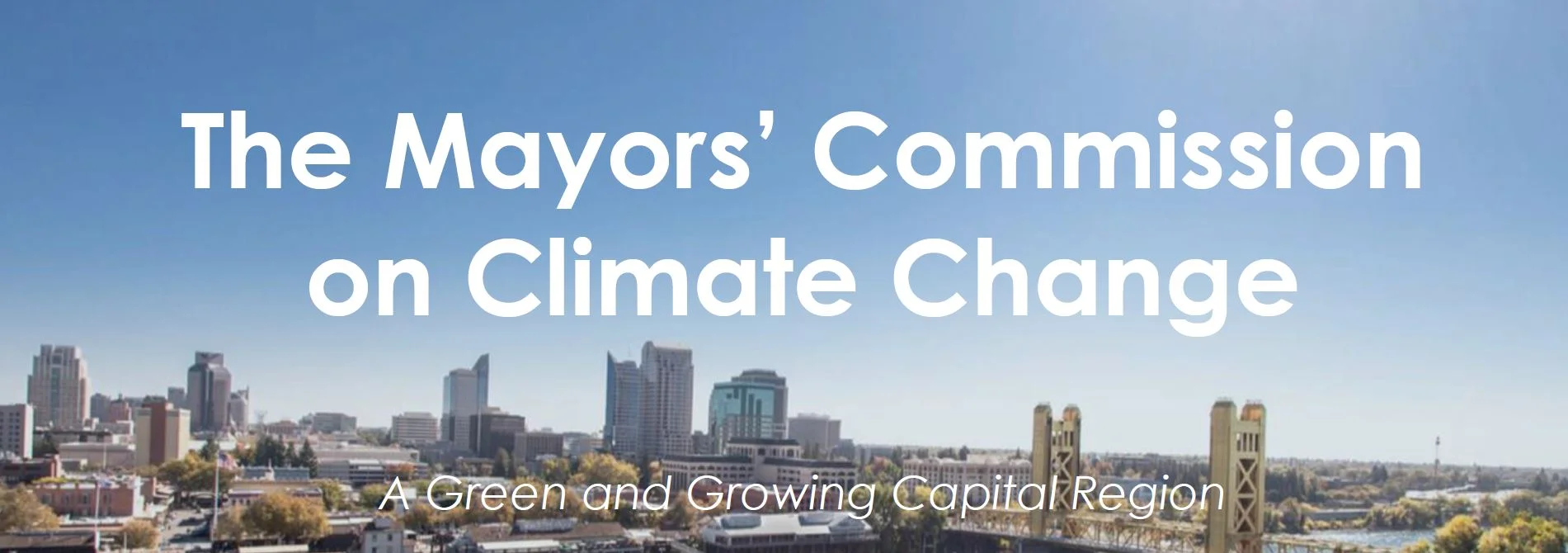Mayors' commission sees drinking fountains, streetlights among ways to fight climate change
What do drinking fountains have to do with climate change?
Drinking fountains, shade trees and well-maintained sidewalks will make Sacramento a safer and more pleasant place to walk. And getting more people to walk, ride bikes or hop on scooters is one of the goals embraced on Wednesday by the Mayors’ Commission on Climate Change.
These Envoy electric cars stationed at apartment complexes around Sacramento give low-income residents and affordable way to get around.
Commission members adopted a series of recommendations made by a subcommittee of experts on mobility — a term that encompasses all the ways people get around.
Their recommendations include big strategies — getting 70 percent of new car buyers to go electric, for instance — supported by dozens of specific tactics. The commission focused particular attention on making sure that residents of low-income neighborhoods benefit from the move toward a lower-carbon future.
“With dedicated implementation, these are strategies to bring online affordable and sustainable transportation options and transform the built environment into healthy, people-centered places for everyone,” said Kacey Lizon, Deputy Executive Director of the Sacramento Area Council of Governments and Co-Chair of the commission’s Mobility Technical Advisory Committee.
Among the commission’s strategies:
Expand or improve connected walking and cycling infrastructure so that 30 percent of all trips in Sacramento and West Sacramento are taken on foot or by another form of active transportation (i.e. bicycling or scooting) by 2030; 40 percent by 2045.
Expand and improve transit and shared mobility services (like GiG cars) so 30 percent of all trips use such modes by 2030; 50 percent by 2045.
Develop a package of incentives so that 70 percent of all new vehicle registrations are for zero emission vehicles by 2030.
These are big goals, supported by more granular tactics that could make them a reality. Here are some examples, from the recommendations adopted by the commission.
Electric-assist JUMP bikes can be rented by the minute in Sacramento and West Sacramento.
Beef up transit service in low-income neighborhoods. This would reduce residents’ dependence on cars AND help them get around.
Build more paths and trails where people could feel safe biking and walking.
Convert parking spaces to parklets and bike corrals.
Improve traffic signal timing to make it safer for bicyclists to travel through busy intersections.
Provide all low-income residents with access to free or affordable zero emissions car share vehicles.
For a full list of recommendations, visit the Climate Commission website.
West Sacramento Mayor Christopher Cabaldon and Sacramento Mayor Darrell Steinberg last year jointly formed the Mayors’ Commission on Climate Change. They have endorsed the ambitious state goal of achieving carbon neutrality — or Carbon Zero — by 2045. The commission will develop recommendations that the cities can incorporate into their long-range planning.
In prior meetings, the commission has tackled the topics of sustainable growth plans and how to make buildings more energy efficient.
Mobility is a key area of focus, because transportation accounts for a whopping 51 percent of carbon emissions in the Sacramento region.
“If we want to reduce greenhouse gas emissions and have cleaner air, we must shift the way we think about transportation,” said Commission Chairwoman Anne Stausboll. “Instead of the conventional automobile-oriented focus on roads, we need a green mobility strategy that is accessible and affordable and that emphasizes walking and rolling, public and shared transit and the adoption of electric vehicles.”





